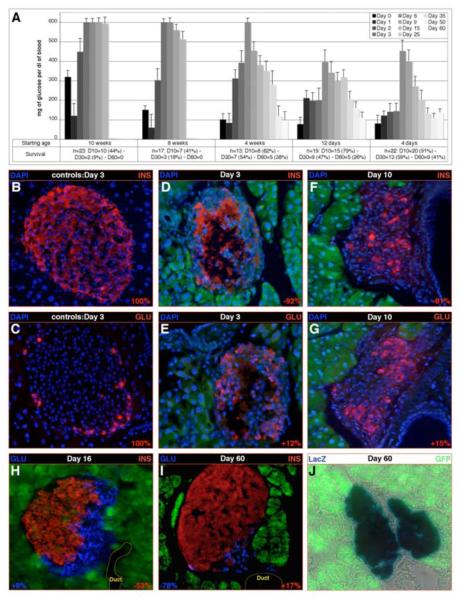Figure 7. Pax4 ectopic expression promotes the reconstitution of the insulin-expressing cell mass upon β-cell depletion.
(A) Following streptozotocin injection at the indicated age (starting age), the glycemia and survival of the treated animals was followed for two months. Note that animals older than four weeks of age become diabetic and die as a consequence of the obliteration of β-cells, the same being true for all controls (data not shown). Importantly, in younger animals, a steady recovery leading to normoglycemia is observed next to a peak in glucose levels (all values are expressed as means ± standard error of the mean). (B-J) Islet cell contents in 4-week-old POE::Glucre streptozotocin- (D-J) or sham- (B-C) treated animals were quantified (see at the bottom of the concerned pictures) 3 days (B-E), 10 days (F-G), 16 days (H) and 60 days (I-J) days post-injection. Three days post-injection, the β-cell mass present in controls (B-C) is almost entirely lost in streptozotocin-treated mice (D-E), the only insulin labeling being observed in areas devoid of nuclei, suggesting a detection of hormone released from killed β-cells. A 15% increase in glucagon-producing cells is highlighted 10 days post-injection compared to controls, most of these cells neighboring duct structures (G). Importantly, few insulin-labeled cells are detected (F). This trend is ascertained at day 16 (H) with a major increase in the insulin-expressing cell number. A co-detection with the glucagon hormone does not indicate any co-expression. Finally, at day 60, the β-cell mass appears statistically normal as compared to control animals (I compared to B-C), most of the cells present in the islet expressing the β-galactosidase enzyme marking glucagon-producing cells (J).

